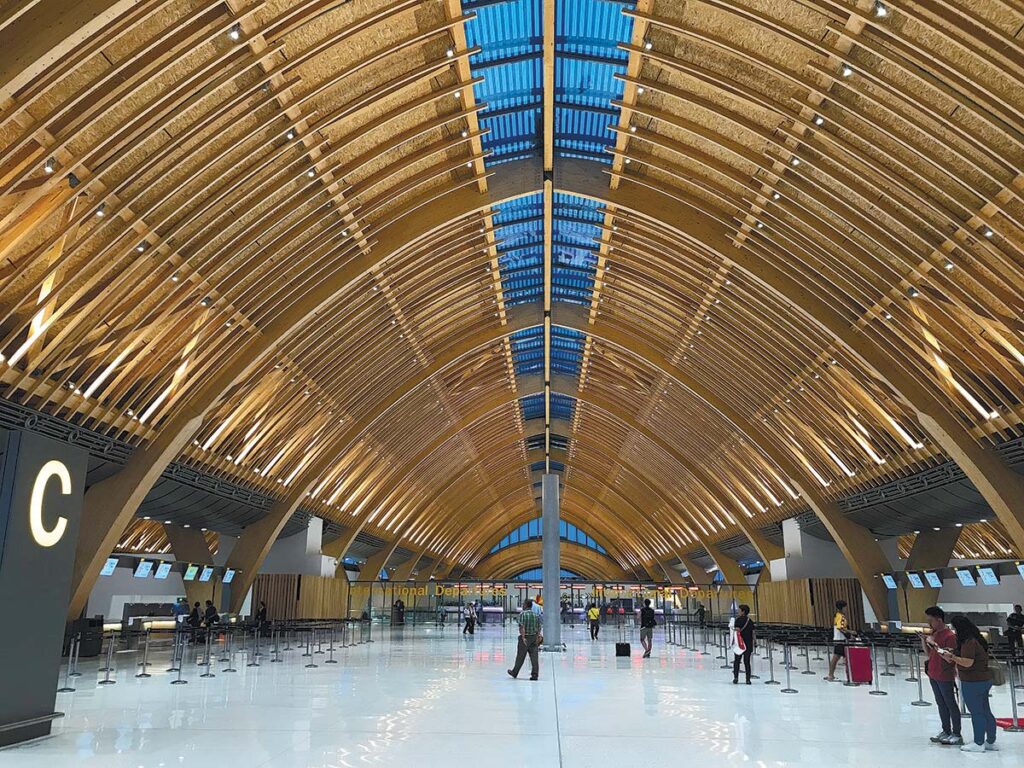Architects are called engineers too often that it seems as if society is having a hard time trying to determine what architects and engineers do differently.
Our world today has become daunting, critical, and vicious—totally different from what it was in the past. Along with the changing world, architecture and other technical professions have likewise evolved. And because the architectural playing field—along with that of other allied technical professions—has changed, there is a need to promote the profession, protect the practice, and uplift the architects.
What influenced this change? It is the ever-changing environment that has set new standards of practice, a new way of life, and the latest building technologies. There are global warming re-aligning designs so vertical structures can adapt to climate change, user-friendly digital technology in every home and office, and new political and cultural laws shaping the nation’s regulations on shelter.
Architectural branding
Architectural Branding today is based on four influencing factors. First, today’s architecture does not only consist of vertical structures and residences but complex buildings that are interrelated and are part of the terrain and environment, including all the other disciplines that will ultimately produce the total package. In simple terms, the architect’s work is not singular; his tasks are numerous and must co-relate with the work of a broader team of experts.
Second, architects no longer present their contract documents manually, but digitally—using different kinds of computer wizardry such as Autocad, Building Information Methods, Sketch Ups, Lumion, and the like. The beauty of architecture is that creativity is still the centerpiece as it comes from the architect’s mind and cannot be duplicated by a laptop or other professionals not trained in the profession.
Third, the whole packaged project of the architect and his team is made in three-dimensional or 3D formats and even as walk-through applications that the client can see and appreciate before the first stone is cast or the cement poured. This is how architects take their clients to the next level of excellence, by showing all aspects of the presentations and allowing clients to see and move within and around the project as though they are walking inside the actual space. This mode of presentation was not possible years ago.
Lastly, because of the advent of digital technology, the younger generation has easier access to tools. The opportunity to do business has also changed the mindset of society, making some people think that they are qualified to do certain things, including activities within the realm of architecture, when in reality these are things that only regulated and licensed architects should be doing. Hence, the integrated and accredited professional organizations of architects need to protect the profession from illegal practitioners.
Architectural Branding helps to promote the profession and re-educate society on the roles and functions of the architects, as well as differentiate these from the work of other technical professionals such as engineers. It also helps to inform people about how architects contribute to society and how this elevates their work to a higher level of excellence.

Get an architect
The architect’s advocacy slogan “For your plans and designs, get an architect” is aimed at stimulating and re-educating society, and impressing upon the community that there are regulated and licensed professionals expertly doing this kind of work. The safety, security, usage, the functional and circulatory flow of people using these structures, and the aesthetic components that make these structures habitable are all the works of these qualified professionals.
Fields of expertise
The fields of expertise under Architectural Branding that only registered and licensed architects should be able to do include the following:
• Architectural Plans and Designs
• Heritage Conservation
• Forensic Architecture
• Commercial and Mixed-use Building Plans and Designs
• High-rise Buildings and Skyscrapers
• Socialized Housing Plans and Designs
• Liturgical Architecture
• Regenerative Architecture
• Design and Build Services
• Architectural Research and Evidence-based Learnings
• Hospital Planning
• Tourism Architecture
• Hospitality and Hotel Plans and Designs
• Material Specifications, Conceptual Plans and Designs
• Energy Efficiency Building Plans and Designs
• Cost Efficiency Buildings
• Community and Urban Designs
• Housing and Human Settlements Plans and Designs
